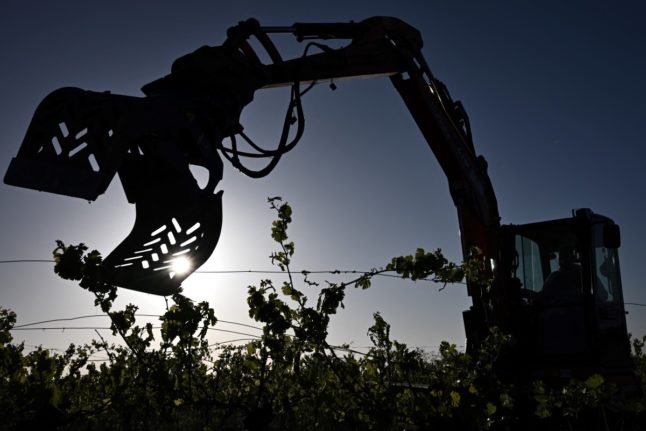The United States does not have the same strict rules as Europe on the designation of origin for foods, said judges in the Richmond, Virginia-based US Court of Appeals for the Fourth Circuit.
The US Food and Drug Administration does set some standards for gruyere cheese, such as the existence in it of “small holes” or that such cheese is aged at least 90 days. But it does not establish criteria on geographic origin.
“Cheese — regardless of its location of production — has been labeled and sold as gruyere in America for decades,” the court said.
And this concerns cheese produced in Wisconsin or as far away as the Netherlands, Germany or Austria, they added.
The Interprofession du Gruyere, which represents milk producers, cheesemakers and refiners in the gruyere industry in Switzerland, and its counterpart in France, had asked to have the term recorded in the US registry of trademarks.
When the US Patent and Trademark Office refused to do this, the industry groups filed suit and lost in early 2022.
Judges with the appeals court have upheld the lower court ruling.
The Swiss and French plaintiffs “cannot overcome what the record makes clear: cheese consumers in the United States understand ‘GRUYERE’ to refer to a type of cheese, which renders the term generic,” the court said.
US dairy groups welcomed the ruling while the Swiss and French cheese federations are disappointed, their lawyer said.
“We think the actual situation in the US market is different than as stated by the Court of Appeals, and we will continue to pursue vigorously our efforts to protect the certification mark for the high-quality Gruyere PDO (protected designation of origin) product in the US,” attorney Richard Lehv said in a statement.



 Please whitelist us to continue reading.
Please whitelist us to continue reading.
Member comments